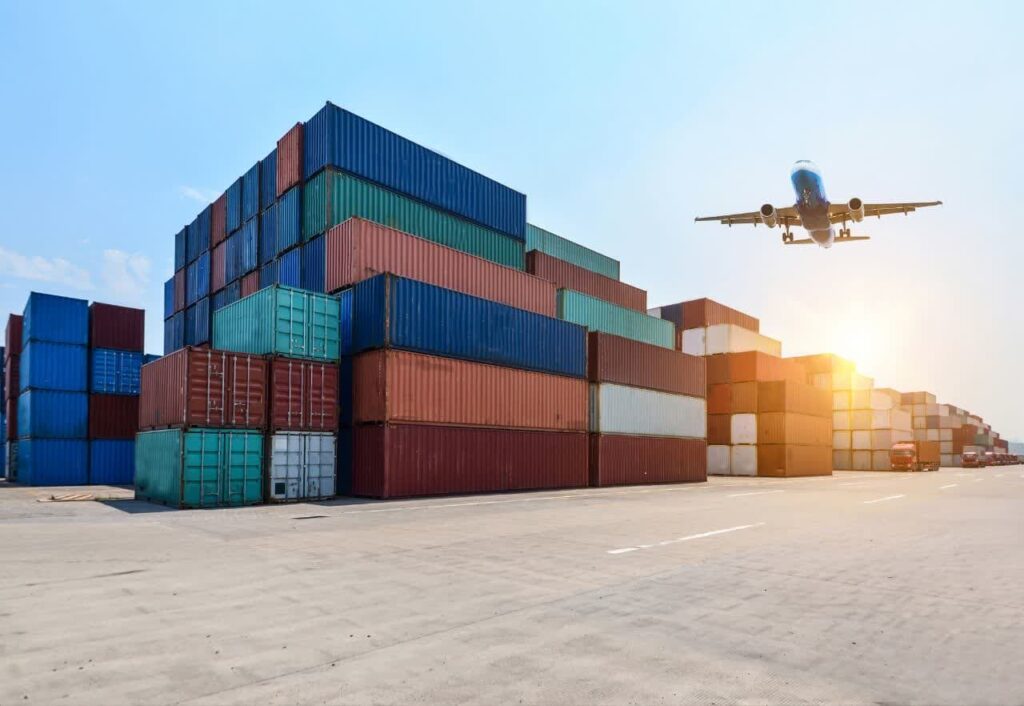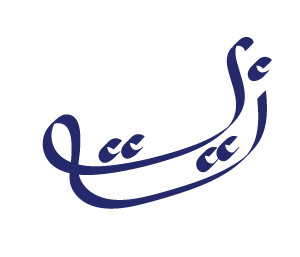Introduction:
Import Substitution Industrialization (ISI) has been a prominent economic strategy pursued by numerous developing countries since the mid-20th century. The approach aims to promote domestic industrialization by substituting imported goods with domestically produced alternatives, thereby reducing reliance on foreign markets and enhancing economic self-sufficiency. While ISI has been both lauded and criticized for its impact on economic development, this article explores the contemporary challenges and opportunities associated with implementing ISI in the modern global context.
Table of Contents
Historical Context:
The concept of ISI emerged during the post-World War II era, as many developing countries sought to break free from colonial economic structures and achieve self-sufficiency. By promoting domestic industrialization through protective tariffs, subsidies, and other government interventions, countries aimed to reduce their dependence on foreign imports and foster indigenous industries. While ISI initially led to significant industrial growth in some countries, it also resulted in inefficiencies, trade imbalances, and limited access to international markets.
Import Substitution Industrialization Models:
While Import Substitution Industrialization (ISI) has been pursued by numerous countries over the decades, success in implementing this model has varied significantly depending on various factors such as economic policies, institutional frameworks, geopolitical contexts, and global market conditions. Some countries have indeed achieved notable success with ISI, while others have faced challenges or experienced mixed results. Below, we’ll analyze a few countries that have implemented ISI to varying degrees of success:

South Korea:
South Korea is often cited as a success story of ISI, particularly during the 1960s and 1970s when the country pursued a strategy of export-led industrialization combined with protectionist measures to promote domestic industries. The government provided targeted support and incentives to key industries such as steel, shipbuilding, and electronics, leading to rapid industrial growth and technological advancement. South Korea’s industrialization efforts eventually paved the way for the emergence of global giants like Samsung, Hyundai, and LG. However, it’s important to note that South Korea gradually liberalized its trade policies in the 1980s and 1990s, shifting towards an export-oriented approach.
Brazil:
Brazil embarked on an ISI strategy in the mid-20th century, aiming to reduce dependency on foreign imports and stimulate domestic industrialization. The government implemented protectionist measures such as high tariffs, import quotas, and subsidies to support domestic industries, particularly in sectors like automotive, steel, and machinery. While Brazil experienced periods of industrial growth and modernization, ISI also led to inefficiencies, lack of competitiveness, and a reliance on imported technology. Moreover, protectionist policies contributed to fiscal imbalances and macroeconomic instability over time.
India:
India adopted ISI as a central component of its economic development strategy after gaining independence in 1947. The government implemented policies to promote domestic industries, including import substitution, state-led industrialization, and public sector dominance in key sectors such as heavy industry and infrastructure. While ISI initially led to the growth of a domestic industrial base and the emergence of leading public sector enterprises, it also resulted in inefficiencies, bureaucratic red tape, and a lack of competitiveness. India gradually liberalized its economy in the 1990s, shifting towards a more market-oriented approach known as economic liberalization or the New Economic Policy.
Argentina:
Argentina implemented ISI policies during the mid-20th century, aiming to promote domestic industrialization and reduce dependency on foreign imports. The government imposed high tariffs, import quotas, and subsidies to protect domestic industries, particularly in sectors like automotive, textiles, and food processing. While ISI initially led to industrial growth and urbanization, it also contributed to inefficiencies, inflation, and economic instability. Argentina experienced periods of economic crisis and debt defaults, leading to reforms and policy shifts in subsequent decades.

Overall, while some countries have achieved success with ISI in promoting domestic industrialization and economic growth, others have faced challenges or experienced mixed results. The effectiveness of ISI depends on various factors such as the quality of governance, the development of domestic institutions, external market conditions, and the ability to adapt to changing economic realities. In many cases, countries that have successfully transitioned from ISI to more open and export-oriented economic models have been able to sustain long-term economic growth and development.
Contemporary Challenges:
In the modern context, implementing ISI faces several challenges that must be addressed to ensure its effectiveness and sustainability. One challenge is the increased globalization of trade and investment, which has led to greater interdependence among countries and heightened competition in global markets. As a result, implementing ISI may be met with resistance from trading partners and could lead to retaliatory measures such as trade barriers and sanctions. Additionally, the proliferation of supply chains and global production networks has made it difficult to identify and target specific industries for protection, as many products contain components sourced from multiple countries.
Another challenge is the rapid pace of technological change, which has reshaped global industries and created new opportunities for specialization and innovation. Implementing ISI in industries that require advanced technology and specialized skills may be challenging, particularly for countries with limited technological capabilities and human capital. Moreover, the emergence of digital technologies and the rise of the digital economy have blurred traditional boundaries between goods and services, further complicating efforts to promote domestic industrialization.
Contemporary Opportunities:
Despite these challenges, there are also opportunities for implementing ISI in the modern context. One opportunity lies in the growing demand for sustainable and environmentally friendly products, as consumers increasingly prioritize ethical production practices and environmental stewardship. By promoting domestic industries that adhere to high environmental standards, countries can differentiate their products in global markets and capitalize on the growing demand for green technologies and sustainable goods.
Additionally, the COVID-19 pandemic has highlighted the vulnerabilities of global supply chains and underscored the importance of building resilient domestic industries. Many countries have recognized the need to reduce their dependence on foreign imports, particularly for essential goods such as medical supplies and pharmaceuticals. Implementing ISI in key industries that are critical for national security and public health could enhance countries’ resilience to future crises and mitigate the risks associated with global supply chain disruptions.
Conclusion:
In conclusion, implementing Import Substitution Industrialization in modern contexts presents both challenges and opportunities for developing countries seeking to promote domestic industrialization and enhance economic self-sufficiency. While the globalization of trade and investment and rapid technological change pose significant challenges to implementing ISI, there are also opportunities to capitalize on the growing demand for sustainable products and build resilient domestic industries in the wake of the COVID-19 pandemic. By carefully navigating these challenges and seizing opportunities, countries can pursue a balanced approach to industrial development that fosters economic growth, environmental sustainability, and social inclusion.

